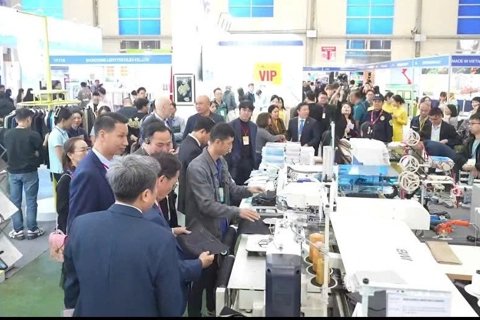NA Standing Committee makes further comments on Hanoi Master Plans
Under the two master plans, Hanoi aims to become the center of socio-economic growth in the region by 2065.
At a June 11 meeting of the NA Standing Committee on Hanoi's General Development Plan and Adjustment of the Capital's Socio-Economic Plan in 2021-2065, Vice Chairman of the legislative body Nguyen Duc Hai demanded that the drafters be more specific in terms of figures on infrastructure development, traffic congestion, urban flooding, and land used for transportation activities.
| An islet on the Red River. Photo: Pham Hung/The Hanoi Times |
"Lawmakers should evaluate the shortcomings of previous plans to improve the draft of the capital's general development plan. There must be clear goals, especially for environmental protection and cultural preservation," he said.
Ha asked the two master plans to include other details such as population projections, review of socio-economic projects and programs, adjustment of administrative boundaries, and relations with neighboring provinces and cities.
The NA Vice Chairman Hai noted that the two overall urban development plans for Hanoi should not contradict each other.
"The two plans should go together. They should not overlap with other national, regional and sectoral development plans, especially those related to land use, airport construction, environmental protection and the growth of the Red River Delta," he said.
"The two major plans must be consistent with the Law on Planning, the recent Politburo Conclusion 80/KT-TW, and other decrees and resolutions of the Party."
In late May 2024, the Politburo of the Communist Party of Vietnam approved the two master plans for Hanoi's overall development in 2021-2065, which aim to make Hanoi the main driver of socio-economic development in the Red River and northern regions.
The capital will focus on improving road infrastructure, building another airport, completing all 14 metro lines, and improving connectivity with neighboring localities. The city also aims to make technology and innovation, culture, and tourism its leading economic sectors.
Thoughts on the Amended Capital Law
The NA Standing Committee listed five major issues regarding the draft of the revised Capital Law.
According to Hoang Thanh Tung, head of the legislative body's Committee on Legal Affairs, the amended Capital City Law should allow construction on alluvial islets that harmonize with the landscape.
Tung said the legislation should allow local authorities to build new dikes on their own initiative to prevent flooding.
Regarding the authority of the Hoa Lac Hi-Tech Park Board, he advised that the Board should be in charge of handling land leases and reporting to the Municipal People's Committee.
The head of the legal committee also suggested that Hanoi should be allowed to offer its cultural and sports facilities for rent, allowing private businesses to lease and operate them.
Commenting on the draft Capital Law, Chairman of the Hanoi People’s Committee Tran Sy Thanh suggested that the capital be empowered to cut off electricity and water supplies in order to enforce construction regulations.
The mayor claims the measure's purpose is to stop the illegal construction and avert possible disasters that could cause significant loss of life and property damage.
Citing examples of catastrophic building fires that killed dozens of people, Thanh said power and water cuts will discourage landlords from allowing people to live on their properties.












